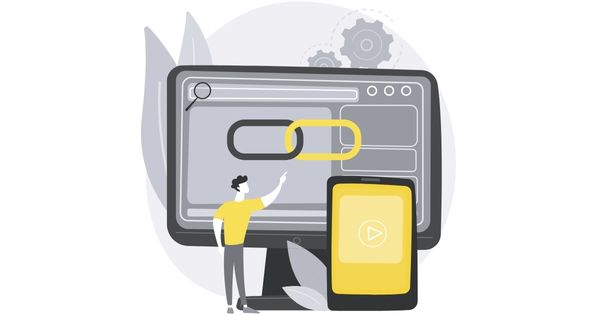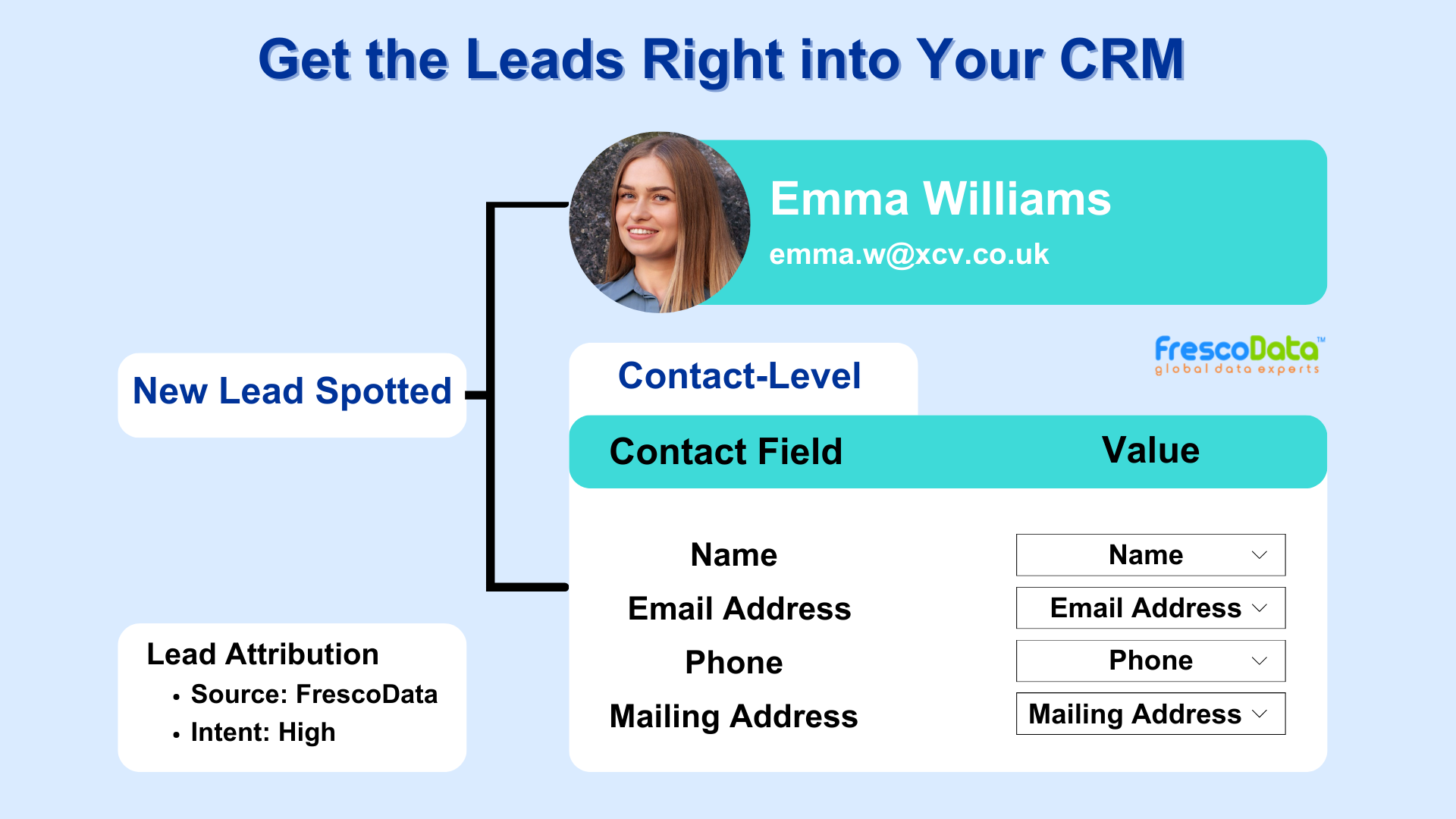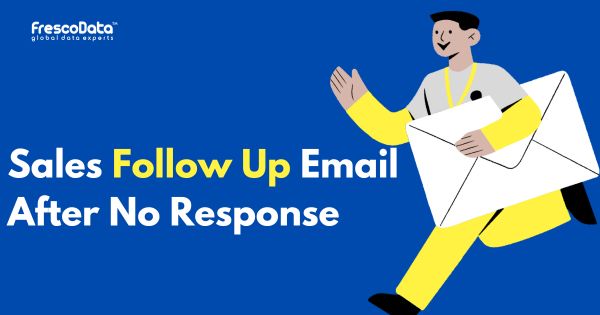-
Meaning
-
Traditional Deep Linking
-
Deep Linking with Parameters
-
Deferred Deep Linking
-
Universal Links (iOS) and App Links (Android)
-
Contextual Deep Linking
-
Social Media Deep Linking
-
Benefits
-
Reduced Churn Rate
-
Improved User Engagement
-
Cross-Platform Consistency
-
Effective Marketing Campaigns
-
Re-Engagement Opportunities
-
Attribution Tracking
What is Deep Linking?
Deep linking is a technique that allows links to direct users to specific content or pages within a mobile application, rather than simply launching the app’s home page or a web page. It enables a seamless and contextually relevant user experience by taking users directly to the desired content, improving navigation, and enhancing engagement.

Here are different types, each serving specific purposes:
Traditional Deep Linking
It directs users to a specific content page within an app. This can be achieved using Uniform Resource Identifiers (URIs) or URL schemes, which specify the exact location or action within the app.
Example URI: myapp://product/details/123
Deep Linking with Parameters
Deep links can include parameters to pass additional information, such as user IDs, product IDs, or any other contextual data. This allows for a more personalized experience within the app.
Example URI with Parameters: myapp://product/details?productID=123
Deferred Deep Linking
It allows users to be directed to specific content even if the app is not installed when they click the deep link. If the app is not installed, users are redirected to the app store to download the app, and upon installation, they are taken directly to the originally intended content.
Universal Links (iOS) and App Links (Android)
Universal Links (iOS) and App Links (Android) are standardization efforts that use web URLs for deep linking. They enable it to work seamlessly across both web and mobile, enhancing the user experience by providing a consistent journey regardless of the platform.
Contextual Deep Linking
It goes beyond directing users to a specific page and takes into account the user’s context. For example, if a user receives a deep link in a promotional email, clicking the link may not only open the app but also show a personalized promotion within the app.
Social Media Deep Linking
It allows links shared on social platforms to open specific content within an app. This is particularly useful for marketing campaigns and user acquisition strategies on social media channels.
Benefits
Reduced Churn Rate
Users are directed to specific content or features immediately upon clicking a deep link, providing a more streamlined and user-friendly experience. Thereby, reducing the churn rate.
Improved User Engagement
It can be used to drive users to specific promotions, products, or features, increasing the likelihood of engagement and conversion.
Cross-Platform Consistency
Universal Links and App Links help maintain consistency between web and mobile experiences, ensuring a seamless transition for users regardless of the platform they are using.
Effective Marketing Campaigns
Marketers can leverage deep links in promotional materials, emails, or advertisements to guide users directly to relevant content, increasing the effectiveness of marketing campaigns.
Re-Engagement Opportunities
It supports re-engagement strategies by allowing marketers to send personalized content or offers to users who have the app installed but may not be actively using it.
Attribution Tracking
It can be combined with attribution tracking to measure the effectiveness of various marketing channels and campaigns in driving app installations and user engagement.
Stay Updated
Recent Blogs

3 Reasons to Buy Email List
Are you hesitant to buy email list for your business? Some would say buying an email list ...
November 18, 2024
Sales Follow-up Email After No Response!
70% of sales reps don’t follow up with prospects after no response. (Source) Are you...
September 2, 2024
5 CTV Advertising Tips to Get The Most Out of It
Connected TV has opened up many interesting opportunities for advertisers, allowing them t...
August 27, 2024